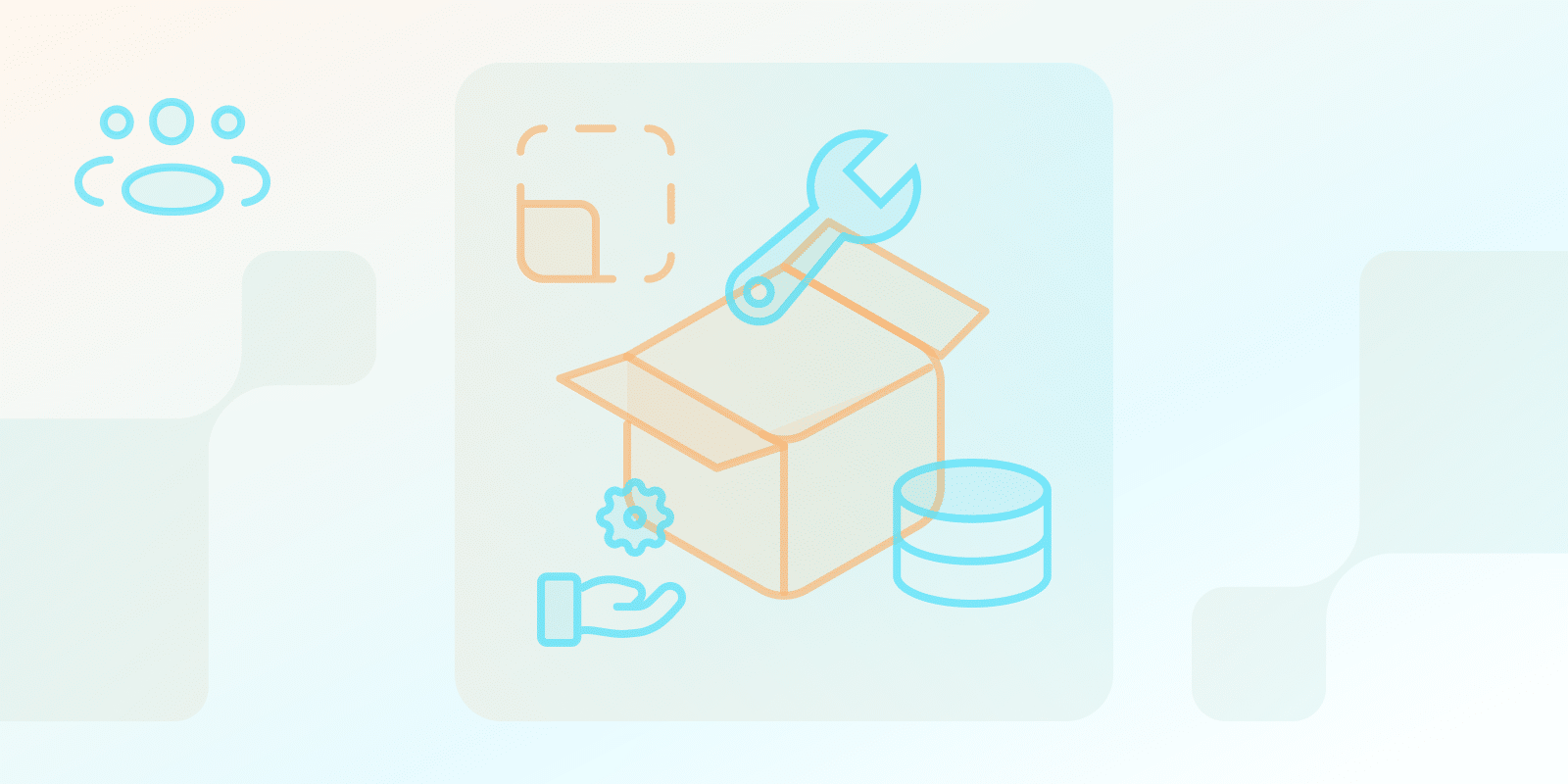SaaS Sales
What Is a Sales Tech Stack?

What is a Tech Stack for Sales?
A sales tech stack is a collection of tools sales teams use to help with different tasks. The stack can be defined as a toolbox. Each tool in this box is designed for a particular task.
Tech tools are used to automate tasks and operations. For example, customer behavior data could be collected, and insights could be easily derived using technology. The tool’s functionality could be likened to multiple assistants operating continuously.
Most sales stacks include a CRM (Customer Relationship Management), a sales engagement platform, and some sales intelligence tools.
Choosing the best stack that suits your business requires an understanding of specific needs and budget. A rack of tools is made available to brands to produce stacks for their sales process.
What would an ideal sales stack look like?
The ideal sales stack is a platform that perfectly aligns with the specific needs and goals of a business. These are features that most successful stacks have in common:
- Integration: The tools in a sales stack should have the ability to provide a seamless workflow, data sharing, and automation.
- Ease of use: There should be an ease of use, with teams not requiring additional expertise to use tools effectively.
- Scalability: With business growth, tech sales changes may be considered.
For illustration, a new business could start with a simple CRM and a few basic tools, while a larger brand would need a complex stack with specialized tools for different stages of the SaaS sales process.
It is important to look beyond the features offered by individual tools. Rather, the focus should be a cohesive system approach supporting the overall sales strategy.
How do you choose the right sales tech stack for your business?
A business’s financial performance may be influenced by the selection of sales technology tools. Therefore, the choice of these tools is considered important. There is a simplified approach to this, however:
- Identify your needs: Identify what the biggest challenges are in the SaaS sales process. Discover what areas could be improved with technology.
- Research: Identify and work with tools addressing the specific needs and budget of your business.
- Demo and trial: Free trials and demos are often offered by many software providers. These can be used by businesses to test tools before committing.
- Get feedback: The feedback of the sales team should be incorporated and input on tools they consider helpful used.
| Feature | Small Business | Enterprise |
|---|---|---|
| Initial Setup | ||
| Core Tools | Basic CRM and essential tools | Complex stack with specialized tools |
| Implementation Approach | Start small and scale up | Comprehensive implementation |
| Tool Requirements | ||
| Pricing Tier | Free and low-cost options | Premium plans with advanced features |
| Integration Needs | Basic integrations | Complex integration ecosystem |
| Scalability Options | Upgrade as needs increase | Enterprise-grade scalability |
| Implementation Factors | ||
| Team Training | Minimal training required | Extensive training programs |
| Customization Level | Basic customization | Deep customization capabilities |
| Support Requirements | Standard support | Dedicated support teams |
Aspiring businesses should consider starting on a small scale and scaling up while the business picks up.
The most suited sales tech stack does not necessarily have to be the most expensive one. Rather, it should be the one that best meets the needs of the sales team and business.
What are the key integrations to consider for a SaaS sales tech stack?
Sales tool integration could potentially lead to a rise in efficiency and work processes.Here are some key integrations to consider:
- CRM and Email Marketing: Lead nurturing and automation of personalized email campaigns should be explored.
- Sales Engagement and Calendar: Scheduling of meetings and automation of reminders.
- Sales Intelligence and LinkedIn: Teams could gain potential insight into social sales and lead generation.
- Conversation Intelligence and CRM: An automatic logging of call data and CRM insights leveraged for customer interactions.
Businesses, for instance, can potentially track campaigns with the most leads and deals by integrating a business CRM and email marketing tool.
Businesses should explore tools offering native integrations or connect through Zapier or similar platforms.
How much does a sales tech stack cost?
The cost of a sales tech stack depends mostly on the size of the team, and the choice of tools and features needed.
- Small businesses: Companies could be offered free and low-priced options.
- Enterprises: An investment into more sophisticated plans might come with higher price points.
- The potential return on investment (ROI) should be factored in while considering the cost of the business tech stack.
- Tiered pricing is offered by many providers. Smaller businesses can utilize basic options and go higher as their needs increase. Businesses of small scale could opt for basic plans and upgrade, as needs increase.
Conclusion
Revenue could be increased by incorporating an integrated sales track. It may serve as a means to address growth, operational aspects, and customer requirements.